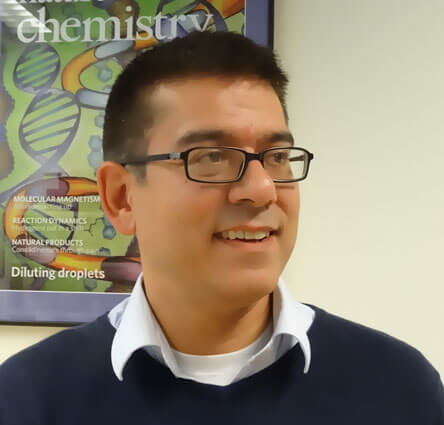Richard van Breemen: “Arrowsmith” by Sinclair Lewis reinforces the importance of the scientific method and how chemistry underpins medical science. Despite being published in 1925, the parallels with the COVID-19 pandemic are amazing. Almost 100 years later, the guiding principles in this book still apply to bioanalytical chemistry today.
Susan Olesik: “Equity for Women in Science: Dismantling Systemic Barriers to Advancement” by Cassidy Sugimoto and Vincent Larivière. This book illustrates that the current rate of progress parity for women and men in physical science will take over a century.

Richard van Breeman

Susan Olesik
Facundo M. Fernandez: “A Philosophy of Scientific Instruments” by Davis Baird – a very provocative book stating that scientific instruments themselves can express knowledge. In my opinion, this book is at the core of analytical and measurement science.
Andrew deMello: Despite being published 40 years ago, “The Visual Display of Quantitative Information” by Edward Tufte is just as relevant today. Tufte beautifully shows that complex information and ideas can be represented visually if you follow simple rules. Spoiler: “less is more.”

Facundo M. Fernandez

Andrew deMello
Paul Haddad: “Uncle Tungsten” by Oliver Sacks.
Jef Focant: “L’Encyclopédie du Savoir Relatif et Absolu” (Encyclopedia of Relative and Absolute Knowledge) by Bernard Werber.
Michael Breadmore: “Untangling you: How can I be grateful when I feel so resentful?” by Kerry Howells. This recently helped me out of some dark places.
Chad Mirkin: “The Structure of Scientific Revolutions” by Thomas S. Kuhn.
Marcello Locatelli: Though it is an Italian book, “La chimica della bellezza” (The Chemistry of Beauty) by Piersandro Pallavicini, should not be missed from an analytical chemists library.
Gary Hieftje: “Genius” by James Gleick. It shows how a brilliant scientist approaches nature and life in an enthusiastic, enjoyable, and impactful way. Another highly recommended book is “The Elements of Style” by Strunk and White. This brief guidebook on clear, concise writing in English deserves a place on a practicing scientist’s bookshelf.
Scott McLuckey: If I had to choose one, it would probably be “The Structure of Scientific Revolutions” by Thomas Kuhn. Though Kuhn tends to emphasize ideas, I think it’s important to balance this with the significance of tools. Some of this can be found in Freeman Dyson’s collection of essays entitled “The Scientist as Rebel,” which explores the classic contrasts in science (from foxes versus hedgehogs to curiosity versus need-driven research).

Gary Hieftje

Scott McLuckey
All headshots supplied by interviewees




